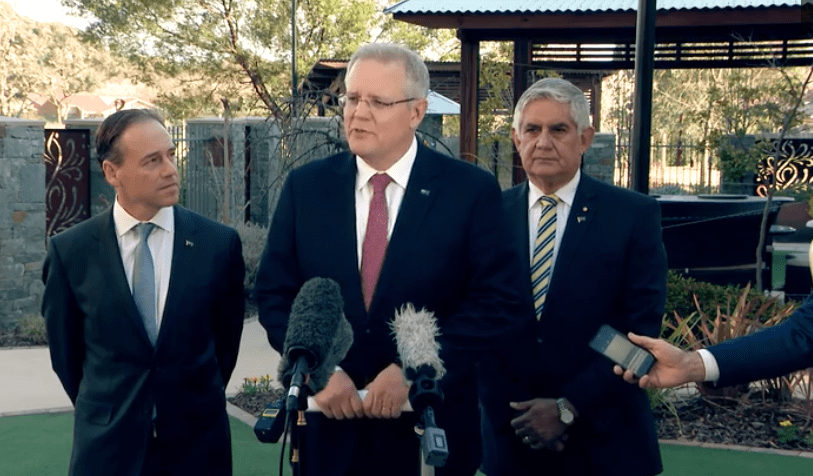
The Federal Government has announced a $106 million boost to funding of the aged care sector to “support better facilities, better care and better standards in aged care”.
In addition, the sector’s “tough new aged care cop” – the Aged Care Quality and Safety Commission – will receive $16 million. The new Commission will police quality, handle complaints, audits and compliance, and support consumers when failures in care occur.
The funding increase includes $40 million to support aged care services in regional and remote areas, and $50 million for providers and staff to improve quality and standards of care.
The funding increase came the same day legislation was introduced to parliament that overhauls the nation’s aged care regulatory standards, and established the Aged Care Quality and Safety Commission.
After a number high profile cases of abuse in aged care homes, the government says it is making the most significant changes to aged care standards in 20 years and is “committed to keeping Australians safe… as they age”.
The new quality standards will come into effect on I July 2019, and from January 2020 the Commission will take over the responsibility for regulation of the aged care sector from the Department of Health.
While it’s pleasing to see the government is addressing some of the challenges around resident safety in aged care, as well as directing funding to infrastructure in regional aged care facilities and increased staff training, the funding boost does little to address other ‘hot button’ issues in aged care – including the decline in the number of experienced Registered Nurses working in the sector, and the lack of transparency about staffing mixes.
AMA President, Dr Tony Bartone, said the “announcement of an additional $106 million for the aged care system is a much-needed boost for a sector that has been neglected for far too long, but does not address the urgent workforce challenges facing the sector.”
Earlier this year, the AMA reported that within the next two years, nearly one-third of doctors are likely to cut down on their hours working in aged care or stop completely.
“The aged care sector needs resources for a regulated minimum numbers of nurses, available 24 hours a day, in line with the care needs of residents,” said Dr Bartone.
“The AMA Aged Care Survey 2017 found that having sufficient numbers of registered nurses available is the top priority for doctors visiting residential aged care facilities.”
Dr Bartone also said doctors must be paid appropriately for visits to aged care facilities.
“Doctors who visit facilities must also be appropriately remunerated for the visits and the increasing amount of unpaid non-contact time involved, including locating the patient, filling in scripts and paperwork, talking to relatives, renewing scripts over the phone, and phone calls to staff while back in their surgery,” he said.
On last night’s Matter of Fact on the ABC, Dr Richard Kidd, Chair of the AMA’s Council for General Practice, said the funding is a “welcome start” but there’s still “a long way to go and we need much greater investment.”
Dr Kidd said that between 2003 and 2013, the percentage of experienced registered nurses in the aged care workforce fell from 22 per cent to 14 per cent, a decline of more than one third.
RNs traditionally provide leadership, oversight, clinical governance, and mentoring functions in aged care, he said, and their low numbers leave the sector “floundering”.
Rebehka Sharkie MP, of the Centre Alliance party, told Matter of Fact the extra funding is “a good start” but she would like to see more information about staffing ratios provided in aged care facilities. Ms Sharkie introduced an independent members bill earlier this year that if passed would force operators to disclose their staffing ratios.
“While I welcome the government’s initiatives today I don’t think that it means that we can’t have more improvement, and particularly look at transparency around staffing ratios,” she said.
Ms Sharkie said the importance of improved staffing in aged care became evident to her when a “very upset” elderly gentleman told her of an incident in which he had to wait 20 minutes for a staff member to help him when his wife, as resident in aged care, was choking. “He was desperate,” she said, noting that she has now heard similar stories from all over Australia.
“We just need to have some transparency. How many staff are there, and what are their qualifications?” she said.
Dr Kidd said over the last fifteen years or so there’s been a “disinvestment in staff” in the aged care sector, and that trend needs to be reversed.
“It’s really about investing in the staff first and foremost. That’s where the care happens. It’s not so much the building, it’s the people in it,” he said.
106 million not even equivalent to 106 houses in today’s price